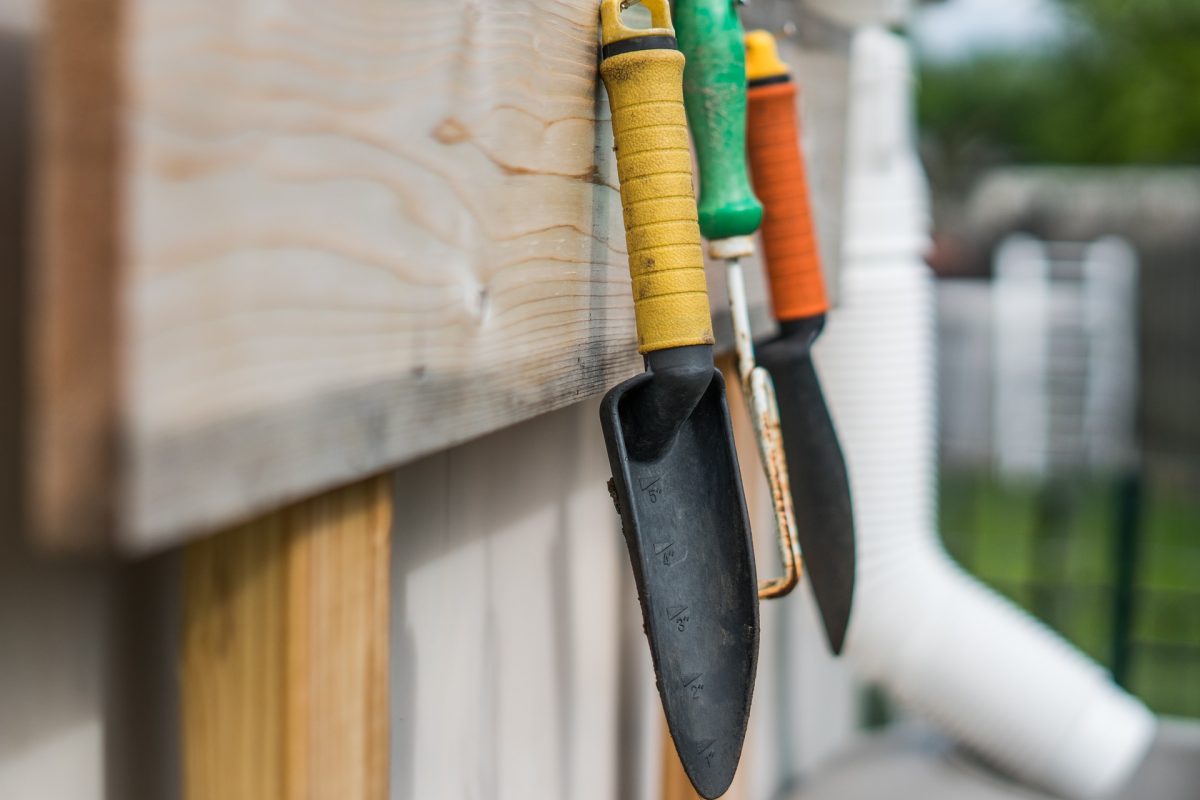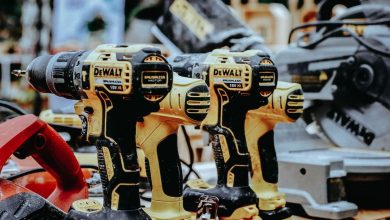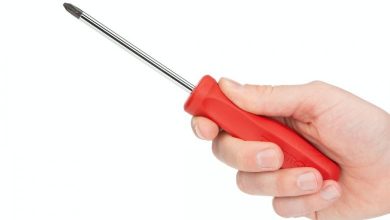Choosing the Right Ladder: a Complete Guide

Ladders are an essential tool for various tasks around the home or workplace. Whether you’re painting walls, cleaning gutters, or reaching high shelves, having the right ladder can make all the difference. With so many options available, it’s important to choose the right ladder for your needs. In this complete guide, we will explore different types of ladders and factors to consider when making your selection.
Understanding Different Types of Ladders
Step Ladders: Step ladders are the most common type of ladder and are perfect for tasks that require a stable base. They come in various sizes, ranging from two to twelve feet, and are self-supporting, meaning they don’t need to be leaned against a wall or structure.
Extension Ladders: Extension ladders are ideal for tasks that require reaching greater heights. They consist of two or more sections that can be extended or retracted as needed. These ladders are commonly used for outdoor projects like painting, window cleaning, or roof repairs.
Platform Ladders: Platform ladders provide a large, stable platform at the top, making them perfect for tasks that require both hands. They are often used in construction or warehouse settings, where workers need stability and mobility. Platform ladders are available in various heights and feature additional safety features like guardrails.
Telescopic Ladders: Telescopic ladders are a portable and versatile option. They can be extended or retracted to different heights, making them suitable for a range of tasks. These ladders are lightweight and compact, making them easy to transport and store.
Factors to Consider When Choosing a Ladder
Height: One of the most crucial factors to consider is the height you need to reach. Measure the maximum height requirement for your tasks to ensure you choose a ladder that can reach comfortably without overstretching.
Weight Capacity: Each ladder has a specific weight capacity. It’s important to consider your own weight, as well as any equipment or materials you will be carrying while using the ladder. Choose a ladder that can safely support your weight and any additional load.
Material: Ladders are made from various materials, including aluminum, fiberglass, and wood. Aluminum ladders are lightweight and corrosion-resistant, while fiberglass ladders are non-conductive, making them suitable for electrical work. Wood ladders are sturdy but can be heavier and less durable.
Safety Features: Safety should be a top priority when choosing a ladder. Look for ladders with non-slip feet to provide stability, as well as features like locking mechanisms and safety rails. Additionally, ensure the ladder you choose complies with safety regulations and standards.
Portability: Consider how often you will need to transport the ladder. If you frequently need to move it between different locations, opt for a lightweight and portable ladder. Telescopic or folding ladders are excellent choices for those who require a ladder on the go.
Price: Ladders vary in price depending on the type, material, and features. Set a budget and compare different options within your price range. Remember, investing in a high-quality ladder is essential for your safety and the longevity of the tool.
Conclusion: Finding the Perfect Fit
Choosing the right ladder is essential for completing tasks safely and efficiently. By understanding the different types of ladders available and considering factors like height, weight capacity, material, safety features, portability, and price, you can find the perfect fit for your needs. Remember to always prioritize safety and invest in a ladder that meets your requirements. With the right ladder by your side, you can tackle any project with confidence and ease.




